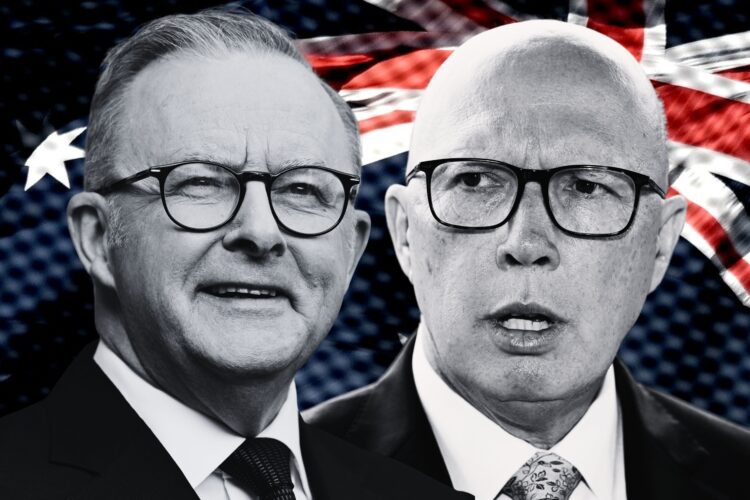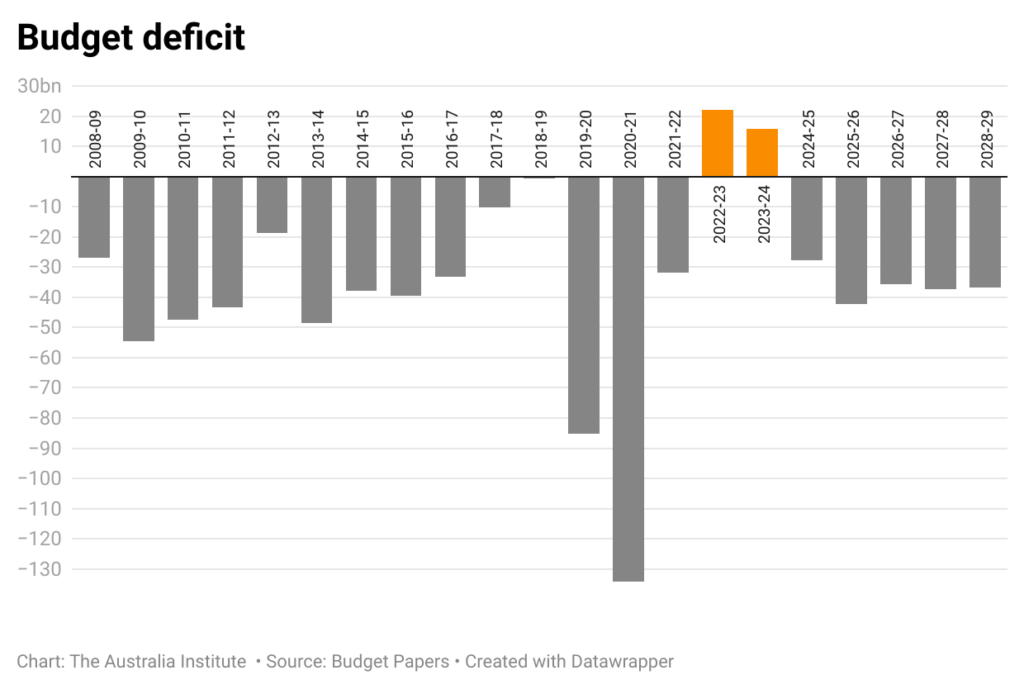Just five days after the government rammed through changes to Australia’s environment laws, the amendments are being challenged in court.
The Bob Brown Foundation has this morning applied to the Federal Court, arguing the laws – which were designed to protect commercial salmon farming in Tasmania – should not apply to Macquarie Harbour.
The amendments to the Environment Protection and Biodiversity Conservation Act were rushed through Parliament in the final sitting week before the election, with the support of the coalition.
In its application to the Federal Court, the foundation says the laws apply to fish farms which have been operating in the same way for the previous five years. It argues the salmon farms in Macquarie Harbour have significantly changed the way they operate in that time.
“This rushed bill was intended to protect the three foreign-owned corporations from environmental protections for the Maugean Skate, which is on the edge of extinction, and to try to win Labor the seat of Braddon,” said Alistair Allan, Antarctic and Marine campaigner at the Bob Brown Foundation.
“Albanese’s thinking that the best response to impending extinction is to back the very industry causing it is outrageous. Along with Peter Dutton, his rushing the law change has made it vulnerable to challenge.”
The changes to the EPBC effectively quash a long-awaited review of commercial fish farming in Macquarie Harbour, which Environment Minister Tanya Plibersek has been sitting on for months.
“We are telling the court that this industry has, in fact, not been exempted from the EPBC and that the minister should no longer delay her decision on the requests for her to reconsider and halt the Macquarie Harbour fiasco.”



Loading form…